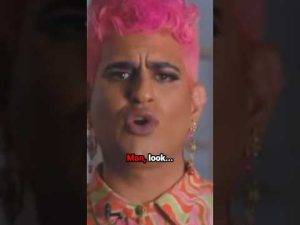Once upon a time, in the whimsical land of Hollywood, there was a movie remake so buzzy it could’ve powered a small town. Disney, the sorcerer of this cinematic spell, threw a substantial $240–$269.4 million into revamping the age-old tale of Snow White. However, instead of the magic mirror declaring this new Snow White “the fairest of them all,” audiences were left wondering if Disney’s spellbook got lost in the mail.
Our tale’s heroine, Rachel Zegler, boldly told audiences they were not needed, urging them to vote blue and follow her way or unfollow. And unfollow, they did! When the grand debut rolled around, it was as if theater seats had become allergic to their viewers. Evidently, Rachel’s wish for detached audience support was coming true, faster than you could say, “Bibbidi-bobbidi-boo!”
Critics, sometimes as sly as the Fox in “Pinocchio,” were handed Disney swag and preview privileges under strict embargo. Usually, early reviews are a triumph trumpeted far and wide, coaxing moviegoers with promises of cinematic grandeur. Those who dared to delve into the movie’s depths surfaced with tales of awkward CGI, unsynchronized choreography, and music more forgettable than a minor sidekick’s catchphrase. Even the iconic dwarves had been transformed into digital creatures that did anything but charm. The critiques were a mix of “legendary flop” and “unwarranted innovation,” suggesting that the original animated classic should’ve been left lounging in its 1937 glory days.
Disney’s endeavor, rife with reshoots and rebehavioral briefs for its actors, stumbled rather than soared. The result was an eerily empty shadow of past successes, failing to win hearts or even friendly nods from critics. Ironically, Rachel got her wish. America tuned out in droves, leaving Disney scratching its head over why even massive budgets couldn’t buy audience approval, no glitter or gleam could coat an unwelcome story.







